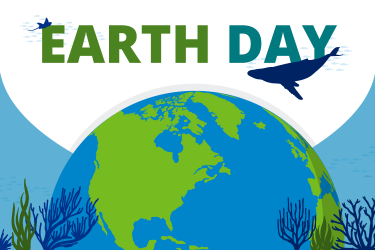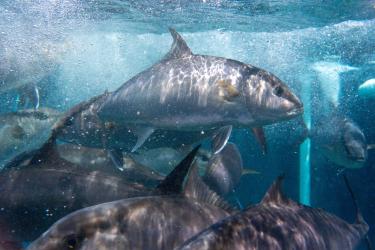Saltwater anglers, for-hire captains, and other members of the recreational fishing community often ask how we collect recreational fishing data, and how we use that data to estimate total recreational catch. Our new web series, “Ask MRIP,” answers your questions about the science and statistics that support sustainable fishing.
Why does NOAA Fisheries collect recreational fishing data?
The agency’s Marine Recreational Information Program produces recreational harvest data as mandated by the Magnuson-Stevens Act. MRIP uses surveys to measure the number of fish saltwater anglers catch, keep, and release, and how many trips they take, known as “fishing effort.” The data we collect are used to estimate total recreational catch by species, the type of fishing taking place, whether from shore, private, or charter boat, and the area fished. These estimates are combined with commercial fisheries catch data, biological research, and information collected from direct scientific observations of a fishery. They help scientists and managers assess the health of our fish stocks and set rules to keep them sustainable.
How does NOAA Fisheries collect data?
The Marine Recreational Information Program administers data collection programs in Hawaii and along the Atlantic and Gulf coasts. We use in-person interviews to collect information about the number of fish an angler has caught on a trip, and to weigh and measure their catch. We use a mail survey to ask coastal households to report the number of shore and private boat trips they took during a given period of time. We use a combination of telephone surveys and electronic trip reports to collect catch and effort data from for-hire captains. Additionally, NOAA Fisheries supports state and regionally led data collection efforts along the Pacific coast and in Louisiana.
What role do state partners play in MRIP data collection?
Since 2008, state fish and wildlife agencies have played a critical role in MRIP data collection and are vital to the success of the program. MRIP state partners coordinate in-person, on-site data collection efforts; state samplers collect fishing trip information directly from saltwater recreational anglers and state managers ensure our surveys are being administered as designed. The states also help keep our public fishing site register up-to-date. MRIP uses the site register to determine where state-based field interviewers will conduct shoreside interviews.
What role do regional partners play in MRIP data collection?
Regional partners, particularly the Fisheries Information Networks, are equally as important and play key roles, from program coordination and communications to data storage and quality control. They are responsible for determining which survey methods are most suitable for their science, stock assessment, and management needs. Additionally, MRIP Regional Implementation Teams—develop Regional Implementation Plans, which are the primary vehicle by which MRIP identifies and prioritizes ways to improve regional recreational fishing data collection efforts.
How many trips does NOAA Fisheries collect data from each year?
Our partners at state fish and wildlife agencies collect data from about 100,000 angler trips each year along the Atlantic and Gulf coasts and in Hawaii. An angler trip is one fishing trip taken by a single angler. For example, if six anglers fish from a charter boat, their fishing trip is considered six angler trips. If one angler fishes from a pier in the morning and then surfcasts that afternoon, that angler has taken two angler trips.
Why do field interviewers weigh and measure fish?
Fish weights and lengths help fisheries scientists assess the health of our fish stocks. Because recreational catch limits are generally set in pounds, NOAA Fisheries also uses weight data to monitor toward these limits. Information about fish lengths helps us understand how regulations on size limits affect landings and fish stock health.
How does NOAA Fisheries decide where to conduct interviews?
Field interviewers working for state resource agencies are assigned to public fishing access sites like piers, boat ramps, and docks. These assignments are based in large part on the amount of fishing that is expected to take place during a particular day and time. Sampling sites based on their anticipated levels of fishing activity helps ensure our sample is representative and efficient. It captures the fishing activity that occurs at all types of sites, at all times of the day and week, but ensures field interviewers don’t spend too much idle time at low-activity sites.
If I’m never interviewed, how does my fishing count?
With millions of fishing trips happening each year, it’s just not possible to intercept every trip or collect information from every angler. That’s why NOAA Fisheries uses sample surveys. They’re a proven method of collecting information from part of a population when it’s not possible or practical to collect information from the whole. Just as government agencies, businesses, and non-profit organizations use sample surveys to conduct social, demographic, health, and market research, we use statistically sound probability sampling methods to make sure the anglers we do survey reflect the broader recreational fishing community. So, even if you’re not among the 100,000 angler trips we sample each year, your fishing is represented by another angler like you in our estimates.
Have a question?
Do you have a question about recreational fishing data you’d like us to answer? Email Fisheries.MRIP@noaa.gov.




